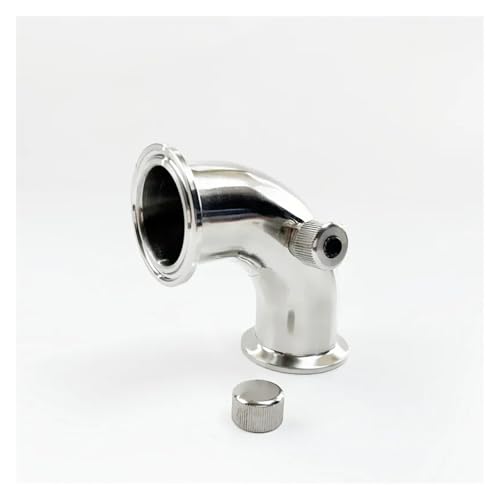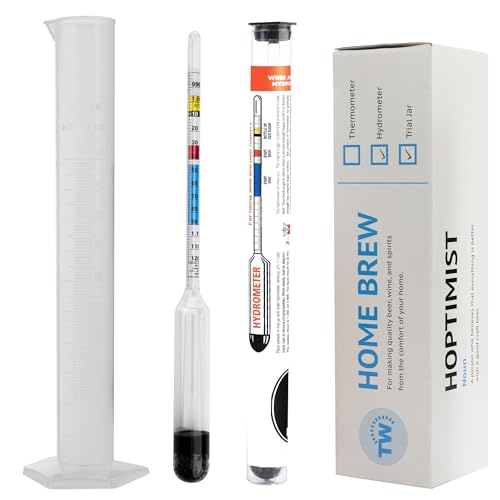Hello all
One of the things I'm keen on getting into on my homebrew journey is wine making.
Specifically using a closed system such as a pressure fermenter to do so.
I've seen several posts about and pretty much all of them are saying that it isn't overly practical and CO2 is something that shouldn't be used as it will ultimately affect the flavour and smell of the wine.
I get that wholeheartedly and it put me off wanting to try it for a couple of months but I'm revisiting the idea.
I found a local gas supplier that I was going to get my gas for my beer/ciders also can provide pure argon which they advertise for hobby welding purposes which after some digging, argon seems to be the go to for wine storage.
it's making me wonder why I can't go down this route once I figure out a decent setup for all my equipment to have it flow appropriately through each step of the process.
I'm not really concerned about how much it costs me as I have a fair few items already so it would be just a few extra bits and bobs to add to it.
My first step of this though is determining the feasibility of the argon from this supplier.
I've attached a screenshot of the spec on the data sheet from the supplier.
Any help/advice?

One of the things I'm keen on getting into on my homebrew journey is wine making.
Specifically using a closed system such as a pressure fermenter to do so.
I've seen several posts about and pretty much all of them are saying that it isn't overly practical and CO2 is something that shouldn't be used as it will ultimately affect the flavour and smell of the wine.
I get that wholeheartedly and it put me off wanting to try it for a couple of months but I'm revisiting the idea.
I found a local gas supplier that I was going to get my gas for my beer/ciders also can provide pure argon which they advertise for hobby welding purposes which after some digging, argon seems to be the go to for wine storage.
it's making me wonder why I can't go down this route once I figure out a decent setup for all my equipment to have it flow appropriately through each step of the process.
I'm not really concerned about how much it costs me as I have a fair few items already so it would be just a few extra bits and bobs to add to it.
My first step of this though is determining the feasibility of the argon from this supplier.
I've attached a screenshot of the spec on the data sheet from the supplier.
Any help/advice?

Last edited by a moderator:























![BREWING THERMOMETER STICKERS ACCURATELY MONITOR FERMENTING BEER & WINE LIQUID TEMPERATURES 5PCS HOME BREW SPIRITS WINE LCD ADHESIVE [US]](https://m.media-amazon.com/images/I/311DDjo2X3L._SL500_.jpg)




















